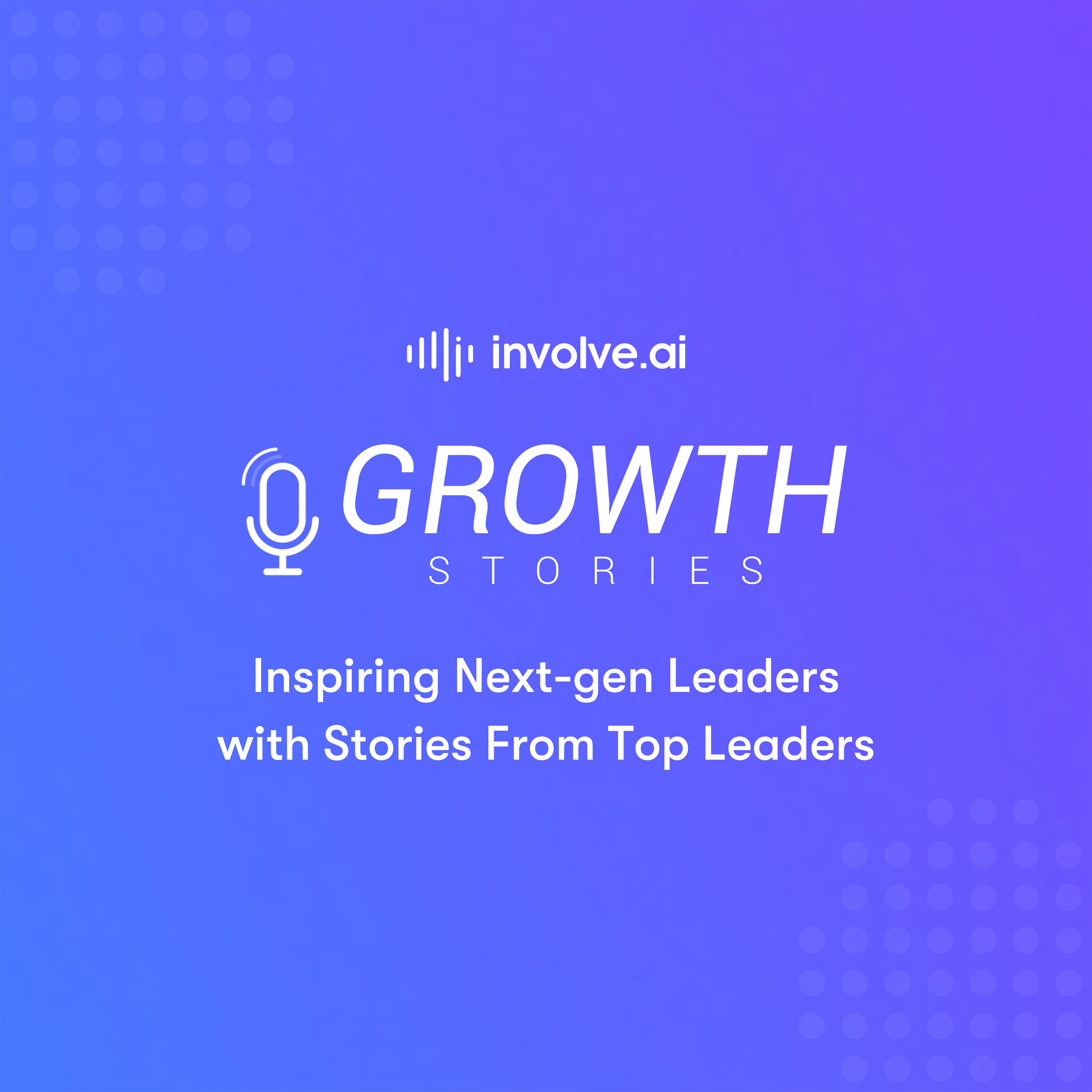The tables below are examples for how you can use Workspaces to support particular moments within the customer journey. Let us know in the comments if you have set up Workspaces in a way that you’d recommend for others!
Customer Onboarding
Taking the following actions in Workspaces will support a smoother onboarding and go-live experience for your new customers.
| Stage Name | Actions | Details |
| Internal Handoff | Internal handoff call with sales |
|
| Identify fit | Identify the Fit of the customer to make sure it’s a part of the Ideal Customer Profile 1. Technical fit: Does the customer have all the technology prerequisites to implement? 2. Functional fit: Does your product have all the functionality needed to make the customer successful? 3. Experience fit: Have the stakeholders you’re chatting with bought similar products before? 4. Internal buy-in fit: Is everyone on the org map from Executive Sponsor to IT sponsor bought into the vision of the product? 5. Overall Fit: Based on the above criteria, what is the overall customer fit? | |
| Introduction to customer | Get a warm introduction from the Sales Rep to the customer. This creates a more seamless handoff Hi <<Customer Name>>, Let me introduce you to your Customer Success Manager, <<CSM>>. <<CSM>> has been working with customers like you for a while and has had a great success rate in getting clients onboarded as quickly as possible. <<CSM>> and I will help you and your team get up and running quickly with our service and help so you achieve your <<Business Outcome>> successfully! Best, <<Account Executive>> Email for CSM next steps <<AE>>, thank you for the introduction! <<Customer Name>>, It’s a pleasure to connect with you. Welcome to <<Company Name>>! <<AE>> and I will be making sure that your onboarding experience is as seamless as possible. I would love to schedule a kick-off meeting with you in the upcoming week! Here is my availability: <<Availabilities>> Please feel free to add anyone else who you feel could benefit from the call. Best, <<CSM>> | |
| Create assets to prepare for kickoff | Implementation deck - A deck to walk customers through - Outcome driven mission
Organization map - Know exactly who you'll be chatting with *only share this within your organization, not with the customer* 1. Initiator: Request maker 2. Decider: Decision maker (Executive Sponsor) 3. Buyer: Signs the contract 4. Influencer: Champion 5. End user: Product user 6. Gatekeeper: Controls communication Mutual Action Plan - A project plan outlining the joint path to get the customer up and running successfully
| |
| Kickoff call | Kickoff meeting |
|
| Check-ins | Set up monthly check-ins for the first quarter | Things to review:
|
| Onboarding completion | Get confirmation from customer |
|
Growth vs Risk Actions
The following setup will aid you in determining whether a customer could be a strong upsell opportunity, as well as identifying key red flags that could represent an increased risk of churn. Once churn risk is identified, you can also use the outlined action items to mitigate risk and maximize retention opportunity.
| Stage Name | Action | Details |
| Growth customers | Identify & communicate opportunities |
|
| Churn risk/escalated customers | Identify at risk customers |
|
| Reach out to at risk customers |
|
Executive Business Review
The following steps outline the recommended activities/metrics to help deliver a successful QBR/EBR that shows value and builds goodwill with your customers.
| Stage Name | Action | Details |
| Prepare assets for QBR | Prepare the deck |
|
| Prepare for a run through |
| |
| QBR review call | During the call |
|
| Post call steps |
| |
| Optimization | Feedback communication |
|
Renewals and Referrals
The following setup highlights key activities that will enable a smoother renewal experience for your customer, and where to find them within the involve.ai workspaces functionality.
| Column | Info card | Checklist |
| Timelines | CTA assuming 60 day notice period |
|
| Communication | Set up the renewal call |
|
| Referral | Qualifications for a referral call |
|

